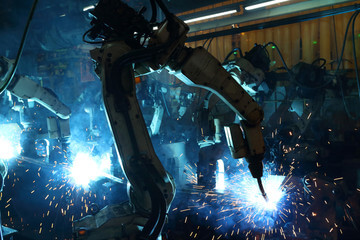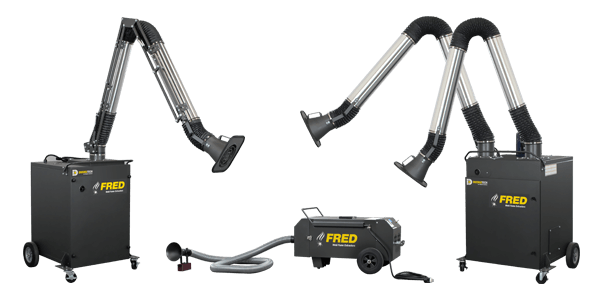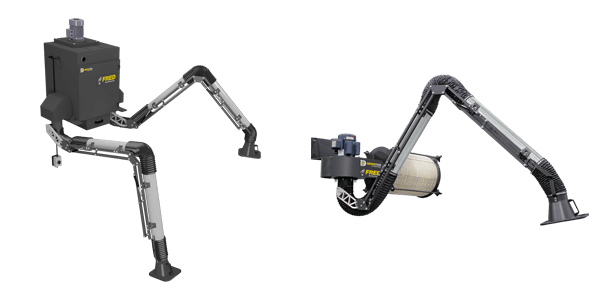Welding takes place at industrial sites that use it as part of the manufacturing process, but it also takes place in workplaces that don’t use it for business purposes. The extraction of welding fumes is a critical part of any welding process, because the health risks are often severe.
Health Risks of Welding Gases & Fumes
The length of time you are exposed to welding gases and fumes, the type of welding, the effectiveness of your safety protection and your work environment all play a role in how serious the exposure risks will be. The fact that welding gases may not have an odor and can’t be seen by the naked eye makes them particularly dangerous.
Heat from the welding flame may produce gases such as carbon monoxide, carbon dioxide and oxides of nitrogen. Gases and vapors may also be produced by coatings or solvents on the metal. Depending on the variables listed above, the health risks of welding gases and fumes may include:
- Mild respiratory irritation
- Nausea and/or vomiting
- Headaches and dizziness
- Irritated eyes, nose and throat
- Chest pain
- Respiratory damage
- Difficulty breathing
- Excess fluid in the lungs
- Lead poisoning
- Nervous system damage




